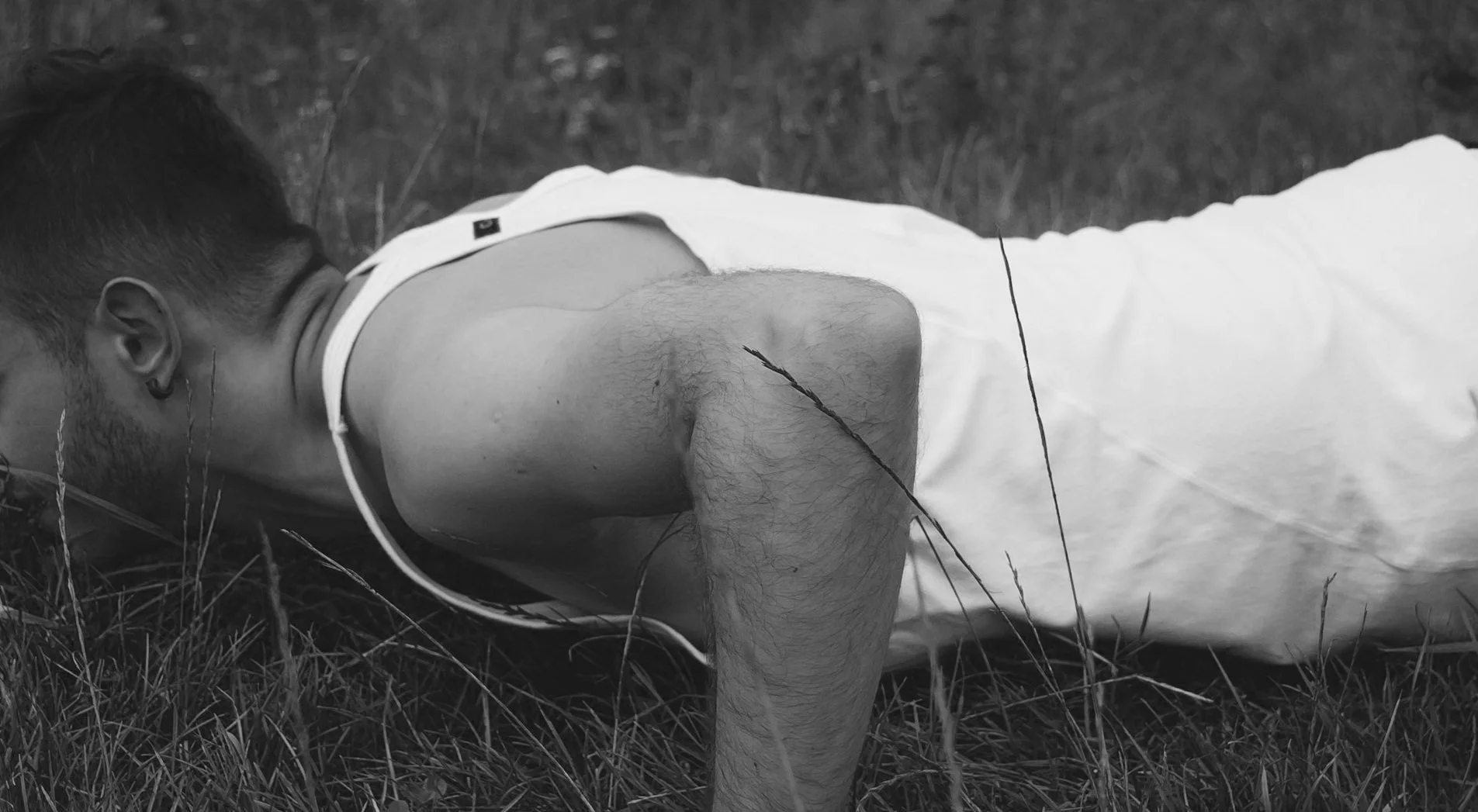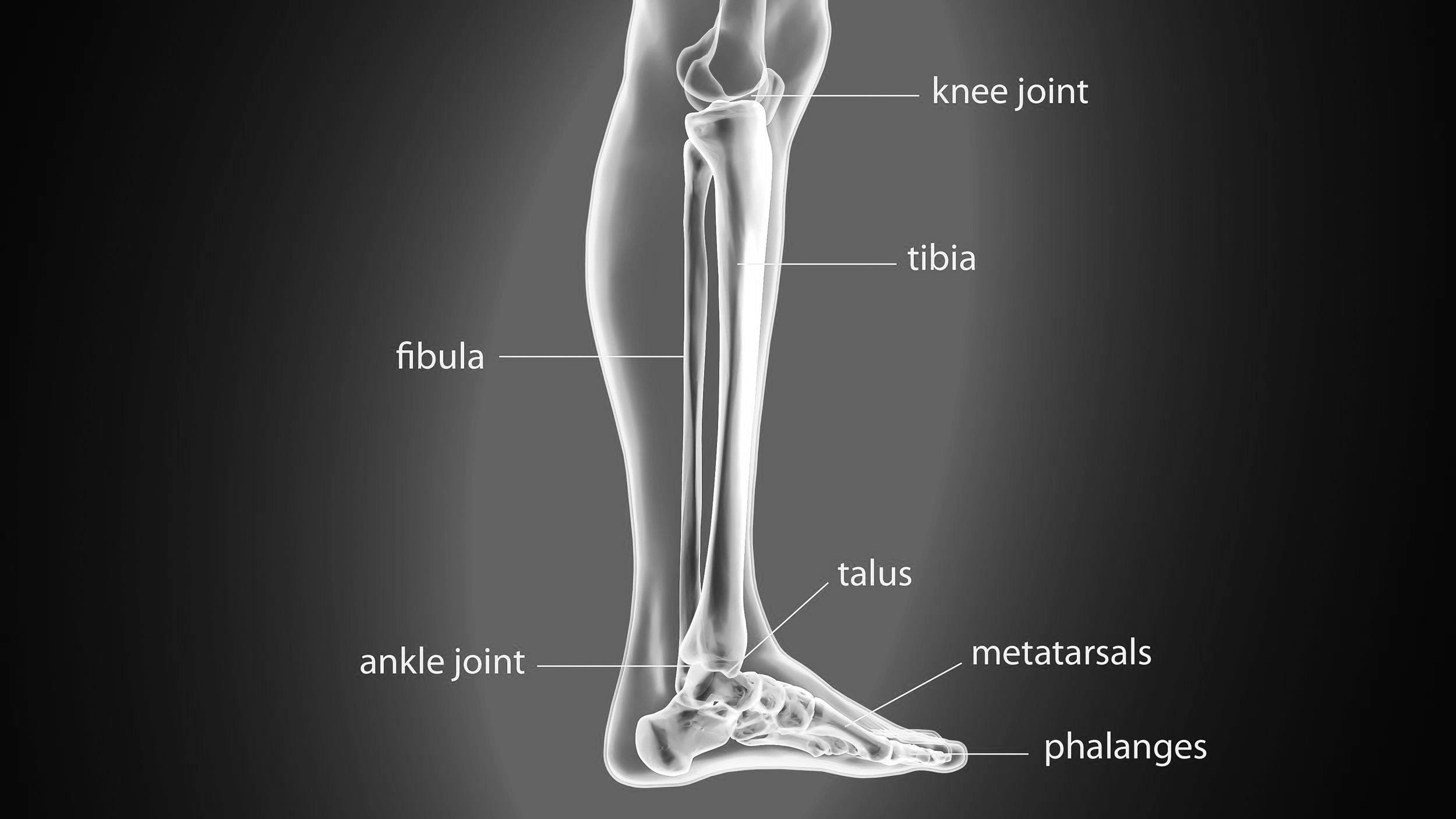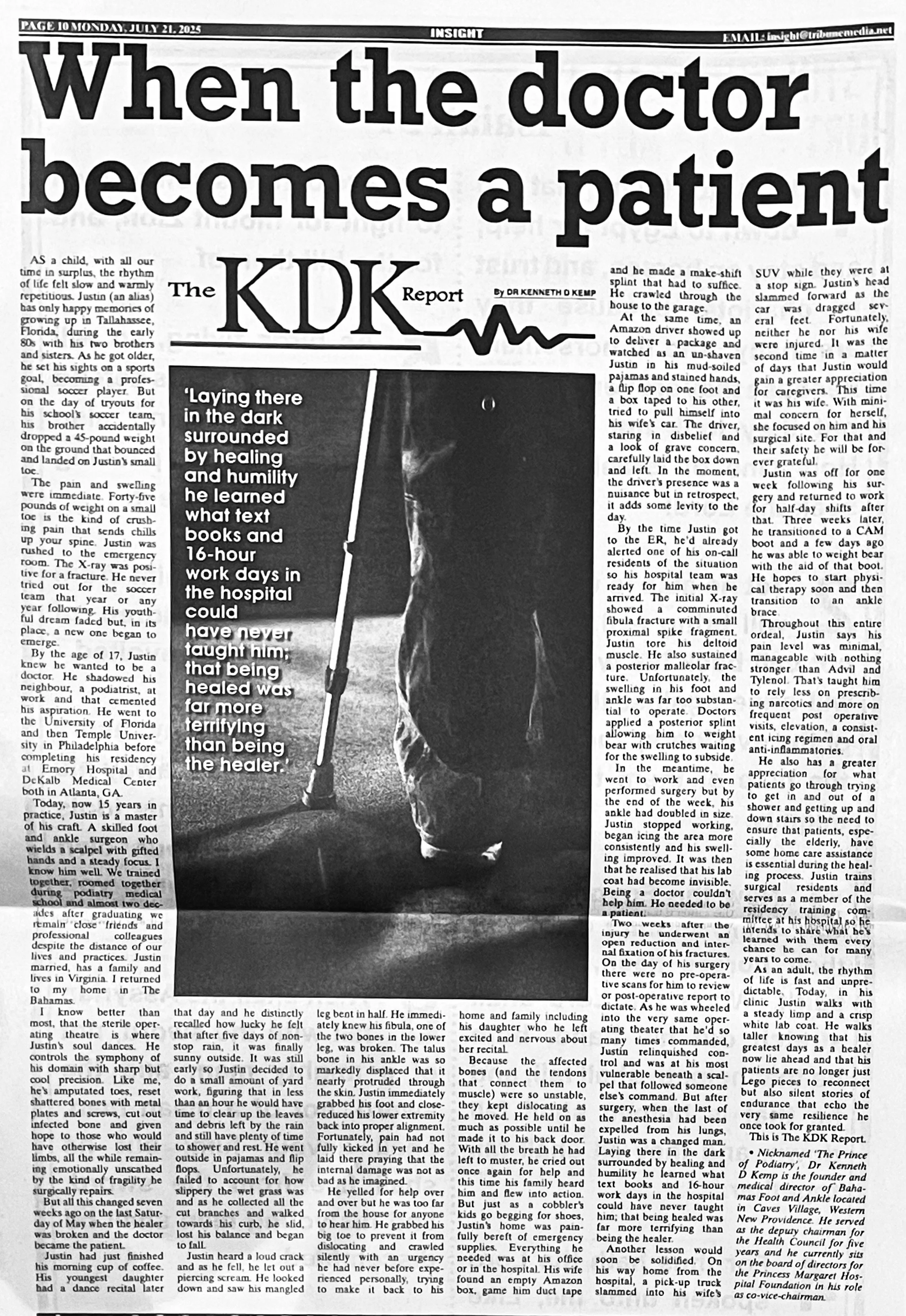Vol 120: Invisible lab coat
As a child, with all our time in surplus, the rhythm of life felt slow and warmly repetitious. Justin (an alias) has only happy memories of growing up in Tallahassee, Florida, during the early 80s with his two brothers and sisters. As he got older, he set his sights on a sports goal, becoming a professional soccer player. But on the day of tryouts for his school’s soccer team, his brother accidentally dropped a 45-pound weight on the ground that bounced and landed on Justin’s small toe.
The pain and swelling were immediate. Forty-five pounds of weight on a small toe is the kind of crushing pain that sends chills up your spine. Justin was rushed to the emergency room. The X-ray was positive for a fracture. He never tried out for the soccer team that year or any year following. His youthful dream faded but, in its place, a new one began to emerge.
By the age of 17, Justin knew he wanted to be a doctor. He shadowed his neighbor, a podiatrist, at work and that cemented his aspiration. He went to the University of Florida and then Temple University in Philadelphia before completing his residency at Emory Hospital and DeKalb Medical Center both in Atlanta, GA.
Today, now 15-years in practice, Justin is a master of his craft. A skilled foot and ankle surgeon who wields a scalpel with gifted hands and a steady focus. I know him well. We trained together, roomed together during podiatry medical school and almost two decades after graduating we remain close friends and professional colleagues, despite the distance of our lives and practices. Justin married, has a family and lives in Virginia. I returned to my home in The Bahamas.
I know better than most, that the sterile operating theater is where Justin’s soul dances. He controls the symphony of his domain with sharp but cool precision. Like me, he’s amputated toes, reset shattered bones with metal plates and screws, cut out infected bone and given hope to those who would have otherwise lost their limbs, all the while remaining emotionally unscathed by the kind of fragility he surgically repairs.
But all this changed seven weeks ago on the last Saturday of May when the healer was broken and the doctor became the patient.
Justin had just finished his morning cup of coffee. His youngest daughter had a dance recital later that day and he distinctly recalled how lucky he felt that after five days of non-stop rain, it was finally sunny outside. It was still early so Justin decided to do a small amount of yard work, figuring that in less than an hour he would have time to clear up the leaves and debris left by the rain and still have plenty of time to shower and rest.
He went outside in pajamas and flip flops. Unfortunately, he failed to account for how slippery the wet grass was and as he collected all the cut branches and walked towards his curb, he slid, lost his balance and began to fall.
Justin heard a loud crack and as he fell, he let out a piercing scream. He looked down and saw his mangled leg bent in half. He immediately knew his fibula, one of the two bones in the lower leg, was broken. The talus bone in his ankle was so markedly displaced that it nearly protruded through the skin. Justin immediately grabbed his foot and close-reduced his lower extremity back into proper alignment. Fortunately, pain had not fully kicked in yet and he laid there praying that the internal damage was not as bad as he imagined.
He yelled for help over and over but he was too far from the house for anyone to hear him. He grabbed his big toe to prevent it from dislocating and crawled silently with an urgency he had never before experienced, trying to make it back to his home and family.
Because the affected bones (and the tendons that connect them to muscle) were so unstable, they kept dislocating as he moved. He held on as much as possible until he made it to his back door. With all the breath he had left to muster, he cried out once again for help and this time his family heard him and flew into action.
But just as a cobbler’s kids go begging for shoes, Justin’s home was painfully bereft of emergency supplies. Everything he needed was at his office or in the hospital. His wife found an empty Amazon box, gave him duct tape and he made a make-shift splint that had to suffice. He crawled through the house to the garage.
At the same time, an Amazon driver showed up to deliver a package and watched as an un-shaven Justin in his mud-soiled pajamas and stained hands, a flip flop on one foot and a box taped to his other, tried to pull himself into his wife’s car. The driver, staring in disbelief and a look of grave concern, carefully laid the box down and left. In the moment, the driver’s presence was a nuisance but in retrospect, it added some levity to the day.
By the time Justin got to the ER, he’d already alerted one of his on-call residents of the situation so his hospital team was ready for him when he arrived. The initial X-ray showed a comminuted fibula fracture with a small proximal spike fragment. Justin tore his deltoid muscle. He also sustained a posterior malleolar fracture. Unfortunately, the swelling in his foot and ankle was far too substantial to operate. Doctors applied a posterior splint allowing him to weight bear with crutches as they waited for the swelling to subside.
In the meantime, he went to work and even performed surgery but by the end of the week, his ankle had doubled in size. Justin stopped working, began icing the area more consistently and his swelling improved. It was then that he realized that his lab coat had become invisible. Being a doctor couldn’t help him. He needed to be a patient.
Two weeks after the injury he underwent an open reduction and internal fixation of his fractures. On the day of his surgery there were no pre-operative scans for him to review or post-operative report to dictate. As he was wheeled into the very same operating theater that he’d so many times commanded, Justin relinquished control and was at his most vulnerable beneath a scalpel that followed someone else’s command.
But after surgery, when the last of the anesthesia had been expelled from his lungs, Justin was a changed man. Laying there in the dark surrounded by healing and humility he learned what text books and 16-hour work days in the hospital could have never taught him; that being healed was far more terrifying than being the healer.
Another lesson would soon be solidified. On his way home from the hospital, a pick-up truck slammed into his wife’s SUV while they were at a stop sign. Justin’s head slammed forward as the car was dragged several feet. Fortunately, neither he nor his wife were injured. It was the second time in a matter of days that Justin would gain a greater appreciation for caregivers. This time it was his wife. With minimal concern for herself, she focused on him and his surgical site. For that and their safety he will be forever grateful.
Justin was off for one week following his surgery and returned to work for half-day shifts after that. Three weeks later, he transitioned to a CAM boot and a few days ago he was able to weight bear with the aid of that boot. He hopes to start physical therapy soon and then transition to an ankle brace.
Throughout this entire ordeal, Justin says his pain level was minimal; manageable with nothing stronger than Advil and Tylenol. That’s taught him to rely less on prescribing narcotics and more on frequent post operative visits, elevation, a consistent icing regimen and oral anti-inflammatories.
He also has a greater appreciation for what patients go through trying to get in and out of a shower and getting up and down stairs. So, the need to ensure that patients, especially the elderly, have some home care assistance is essential during the healing process.
Justin trains surgical residents and serves as a member of the residency training committee at his hospital so he intends to share what he’s learned with them every chance he can for many years to come.
As an adult, the rhythm of life is fast and unpredictable. Today, in his clinic Justin walks with a steady limp and a crisp white lab coat. He walks taller knowing that his greatest days as a healer now lie ahead and that his patients are no longer just Lego pieces to reconnect but also silent stories of endurance that echo the very same resilience he once took for granted.
This is The KDK Report.






